When setting the perfect dining table the use of light is key, as harsh electric lighting can destroy any ambience. Candlesticks and candelabra are the perfect way to illuminate the table whilst keeping the light source elevated enough not to create a visual barrier, impeding asociable conversation. If drama is required an imposing candelabrum placed centrally or incorporated into a floral centrepiece will immediately create the desired effect.
Whether you are looking for the perfect dining experience or merely wanting something decorative for your lounge, our candlestick and candelabra collection is worth a browse. The different features can be a little daunting at times but hopefully this break down will assist your search:
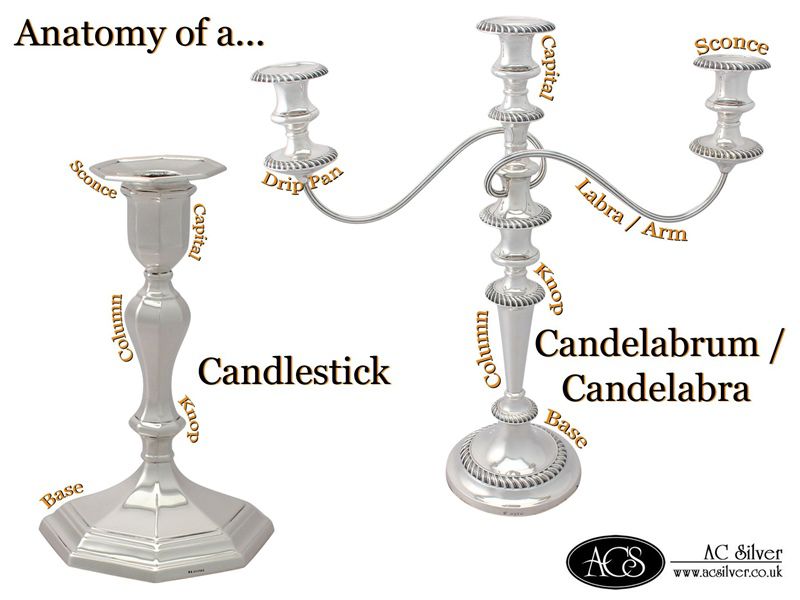
Embed Candlesticks and Candelabra Anatomy on Your Site: Copy and Paste the Code Below
<a href="https://blog.acsilver.co.uk/2016/04/06/parts-of-candlesticks-and-candelabra/" target="_blank" rel="noopener noreferrer"><img src="https://blog.acsilver.co.uk/images/blogimages/candelabrum-candlesticks-labelled.jpg" width="792" alt="Candelabra Anatomy" title="Candelabra Anatomy"></a></br>Image courtesy of <a href="https://www.acsilver.co.uk" target="_blank" rel="noopener noreferrer">AC Silver</a></br>Elements of a Candlestick/Candelabrum
The image above shows both a candlestick and a candelabrum (Candelabrum – singular, candelabra – plural). They both comprise of the same features, with only one major difference, candelabrum/bra have ‘branches’ or ‘arms’ to hold more than one candle!
- Capital – This is the cup-shaped component at the top of the candlestick/candelabrum which holds the candle in place. Capitals come in a variety of styles:
- Corinthian – a shaped capital ornamented with volute scrolls, acanthus leaves and bud designs; a classic and popular style
- Ionic – a scrolling header with large volute scrolls, anthemion leaf decoration and egg and dart ornamentation
- Doric – a plain ‘slab’ style design at the top of the column
- Cylindrical – a plain cylindrical capital can be incorporated to a classic English style with bands applied girdles as well as compressed Art Deco variations.
- Bell-shaped -plain examples most often surmounting plain columns to give a classic George I or Queen Anne style.
- Sconce – The decorative addition to the top of the candlestick used to prevent wax getting ‘wedged’ in the capital. The plateaued top can act as a secondary drip pan. A candlestick or candelabrum can be used without a sconce, providing the wax candle sits securely in the capital alone.
- Drip pan – A self-named part present on candelabrum to catch wax dripping from the candle down the column or labra.
- Labra – These are the arms/branches that support the multiple capitals of any candelabra; this is the differentiating naming feature of the candelabra. Candelabra can often be used as candlesticks however if the push fit arms are detached from the capital at the top of the supporting column.
- Column – A structural pillar supporting the capital and allowing the piece to stand upright, providing a variety of heights. Columns come in a variety of styles:
- Corinthian – a cylindrical column ornamented with vertical fluted decoration
- Solomonic – also known as a Barley-sugar/helical column and has a spiralling helix form, much like a corkscrew
- Panelled – a faceted shaped column, often plain but can incorporate shaped designs to the lower portion
- Knop – An ornamental ‘knob’ usually found towards the lower portion of the column before the base. Knops encircling the column come in a variety of shapes and sizes, ornamented with varying degrees of decoration.
- Base – The base is at the foot of the column and used to steady the piece. Bases may be discreetly weighted to prevent a candelabra or candlestick from toppling over; an essential prerequisite when naked flames are in an elevated position.
A few favourites…
The style of a candlestick can be determined by the combination of the column and the capital, for example a Corinthian Solomonic style will have the classic leaf decorated capital onto a spiralling column. Unfortunately we have never acquired a Corinthian Solomonic candlestick but we have had the separate features in our inventory. We asked our front of house staff about their favourite pieces out on display in the shop and they chose:
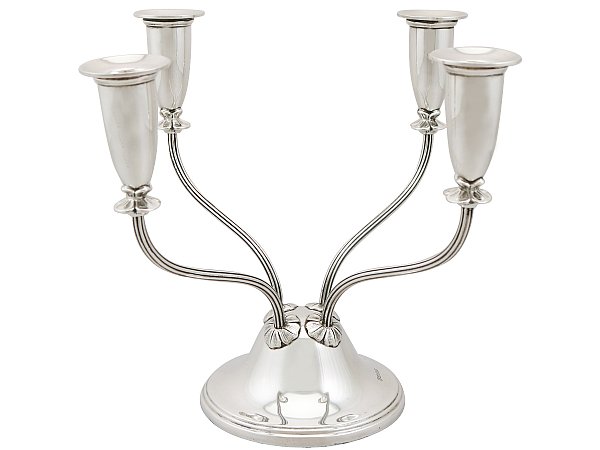
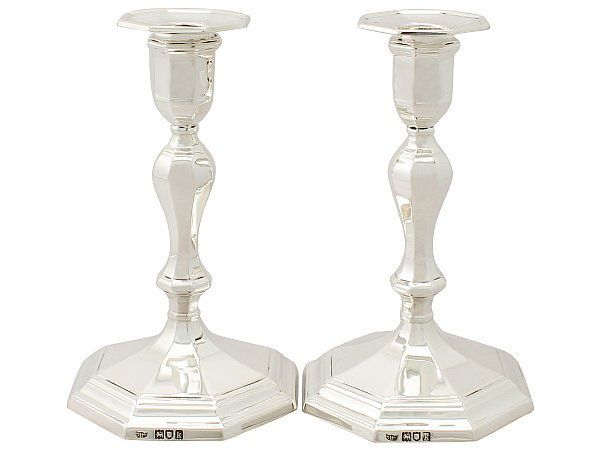
What you should look for…
Here at AC Silver, Mr Campbell has a wealth of experience to draw on when searching out a high quality extant. Here are a few tips on what to look for when purchasing candlesticks and candelabra:
- Check for any dings, dents or splits; this is a common problem with antique candlesticks due to their hollow nature.
- Take note if the column is straight (this cannot always be rectified at a later date as the process requires heat which can cause the column to split).
- Identify the sleeve of the sconce (the cylindrical part that slots into the hole of the capital) to see if there are part/full hallmarks present, this can determine if the sconce is original to the piece.

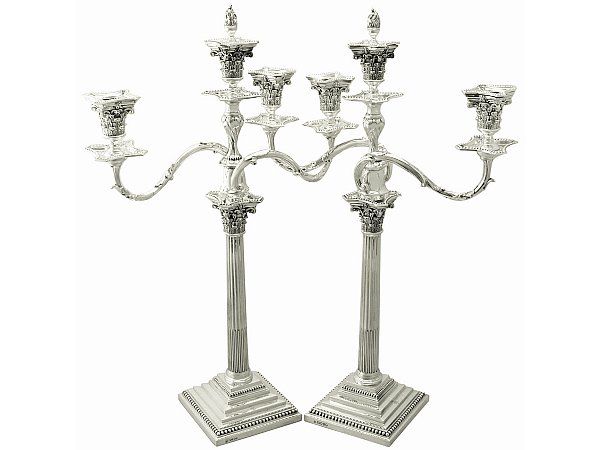

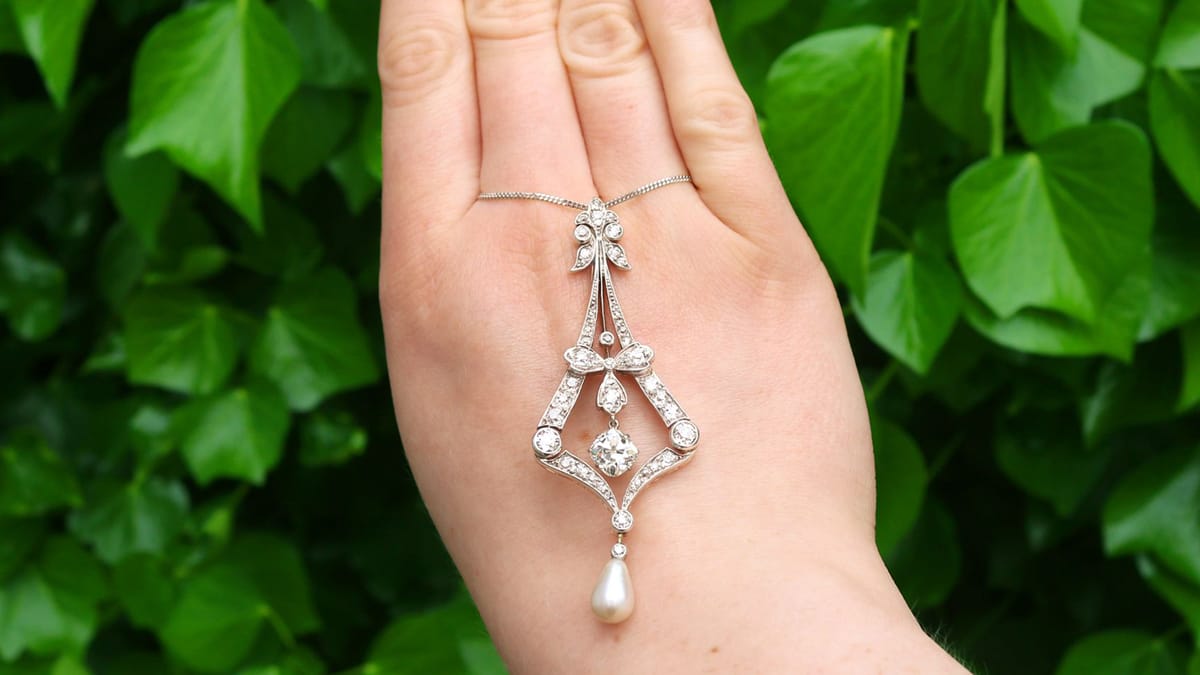
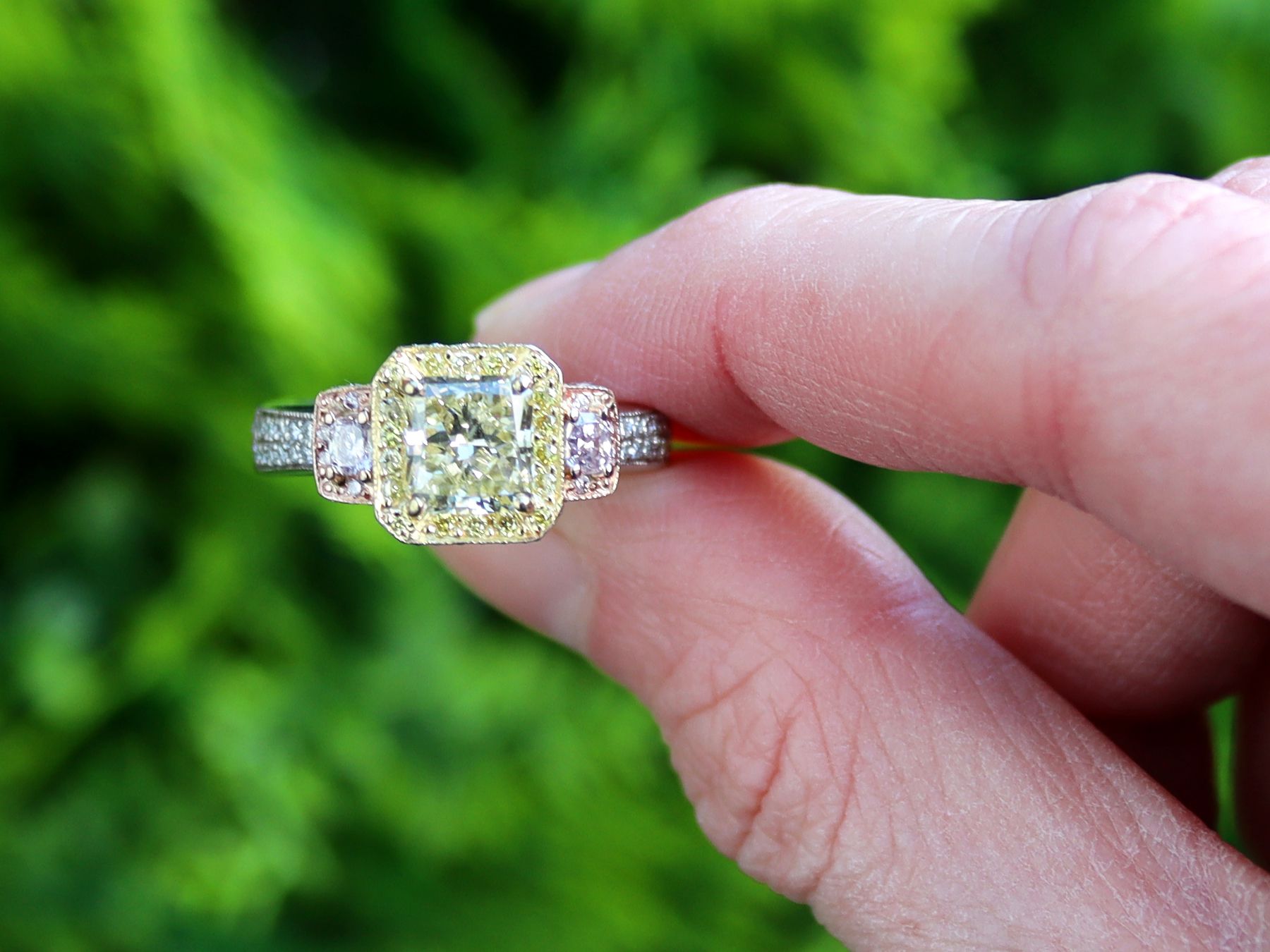
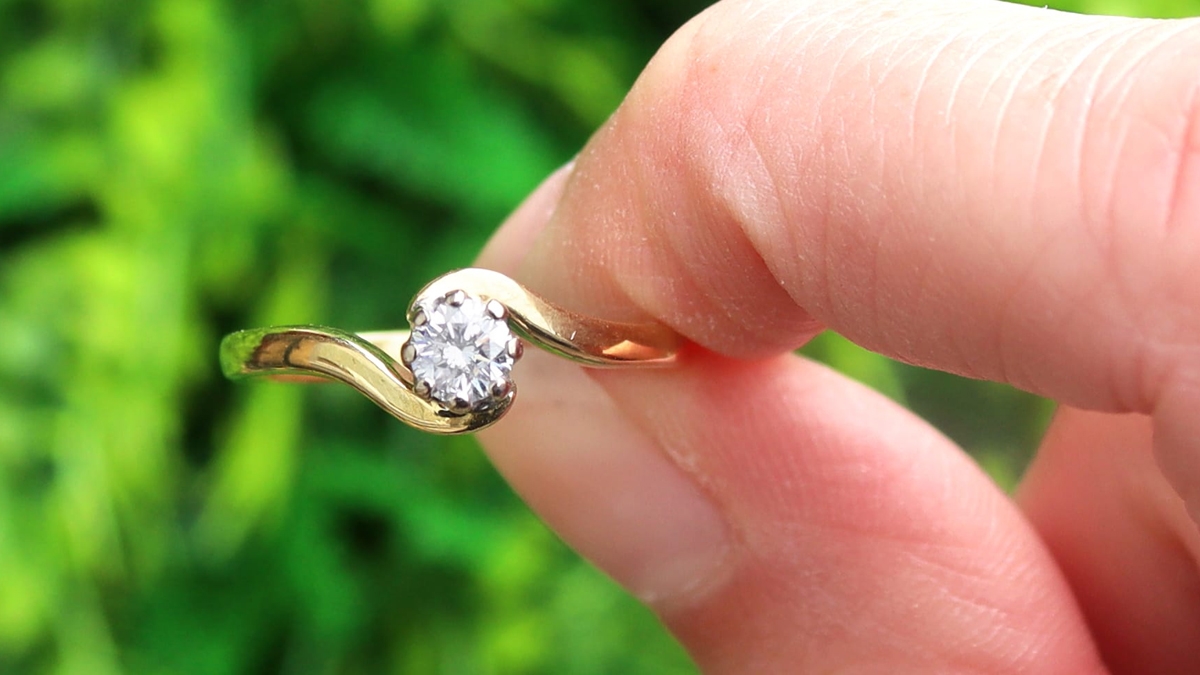
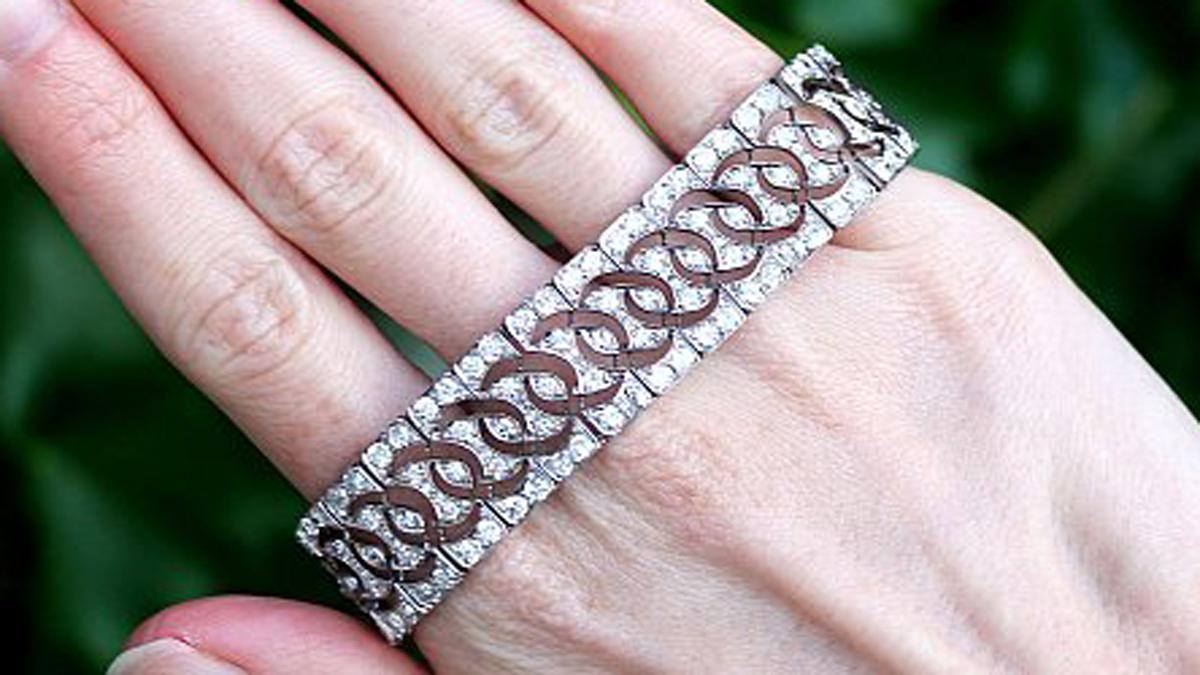
2 Responses
Good-day,
I have lost 1 removable top section of a pair of real silver candlesticks kind of similar to the ones depicted above on the top right hand side.
Can I email you what I require ?
thank you
alan rochlin
Dear Alan, Sorry to hear about the candlesticks. I am afraid we don’t offer the sale of parts. It may be worth you sourcing a local silversmith to create these for you.